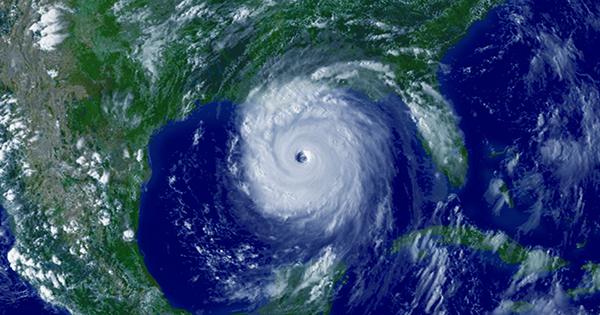The National Oceanic and Atmospheric Association (NOAA) has warned that the Atlantic will experience another “normal-normal” hurricane season this year, despite the level of the historic O-Storm of 2020. The NOAA Climate Forecasting Center says the 2021 Atlantic hurricane season has a 60 percent chance – which will run from June to November 1 – above normal, with forecasts of 13 to 20 hurricanes, including six to 10 hurricanes. Up to 119 kilometers per hour (miles4 miles per hour) and up to five major cyclones that can develop, with 179 kilometers (111 miles).
Last year’s record-breaking season saw 30 “named” storms – storms that reach tropical or higher strengths – meteorologists ending the 26-letter alphabet in Latin and spreading only a second time in the Greek alphabet. Thirteen of these storms were hurricanes, 12 more than the previous long-term seasonal average, and more than double the number of six hurricanes. The season is usually most active from August to October, but two tropical storms (Arthur and Bertha) took shape in May last year, the sixth year that a named hurricane began before the official hurricane season began.
It and Iota made two major hurricanes at the very end of the season in November, with Iota reaching 5th class with winds of 260 kilometers (162 miles), causing catastrophic catastrophes in Central America after the landslide. This “new generic” means the Climate Prediction Center is following the previous long-term storm season model based on data from 1981 to 2010 and is introducing a new 30-year dataset model from 1991 to 2020 to better reflect the increasingly active Atlantic hurricane season. .
More advanced technology and understanding of how storms form and move means that NOAA has recovered an “average” hurricane season, updating its average statistics to 14 named storms and seven hurricanes in an average season.
Despite the fluctuating schedule of the season, the official start date remains June 1. The European Union’s recently released annual weather video for the search for meteorological satellites looks at 2020 from the perspective of wild weather satellites in particular. The combination of NOAA and its own satellite data with Chinese and Japanese meteorological agencies highlighted in stroke visuals how active last year’s Atlantic hurricane season was. Named storms are tagged in yellow to red depending on the intensity.















